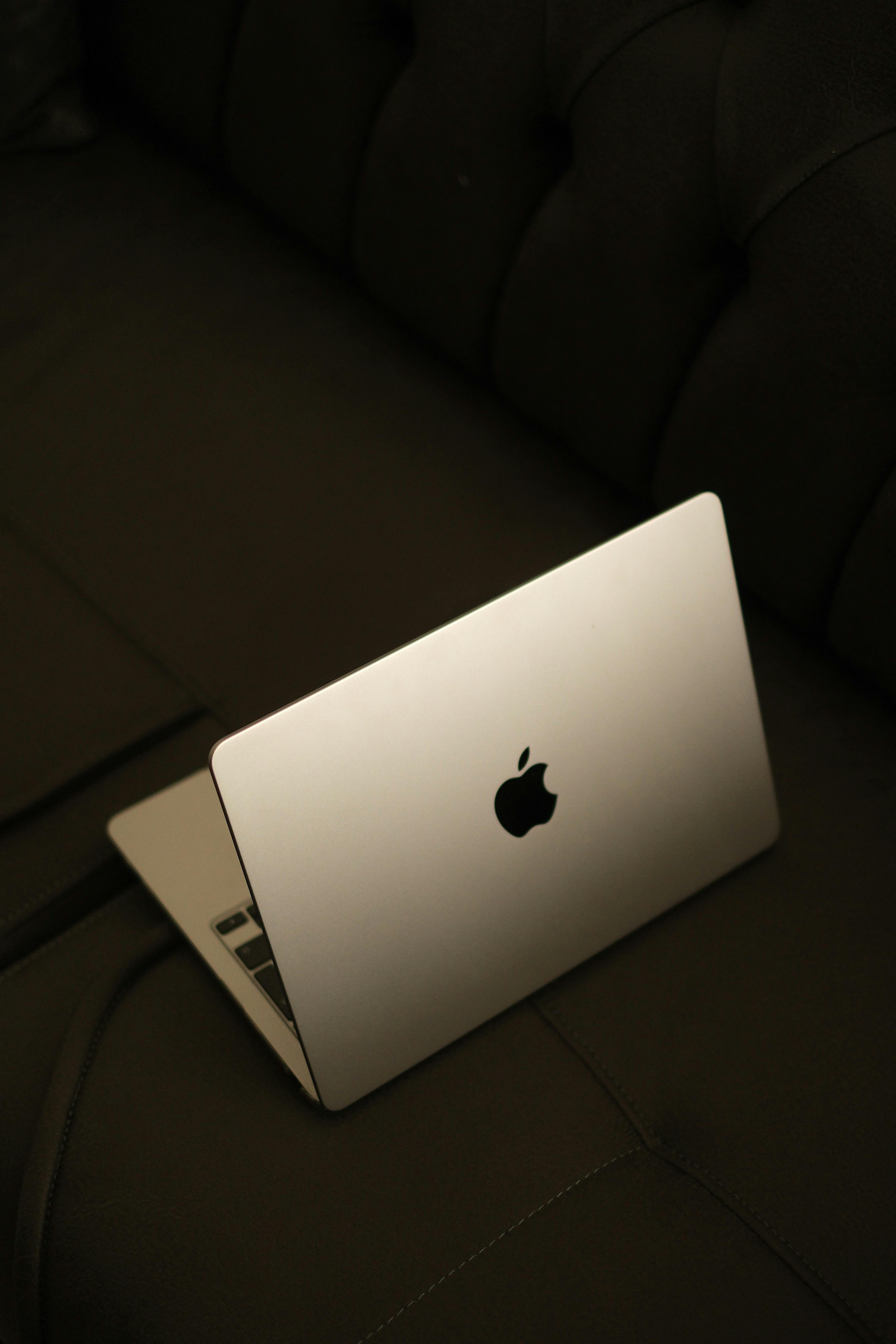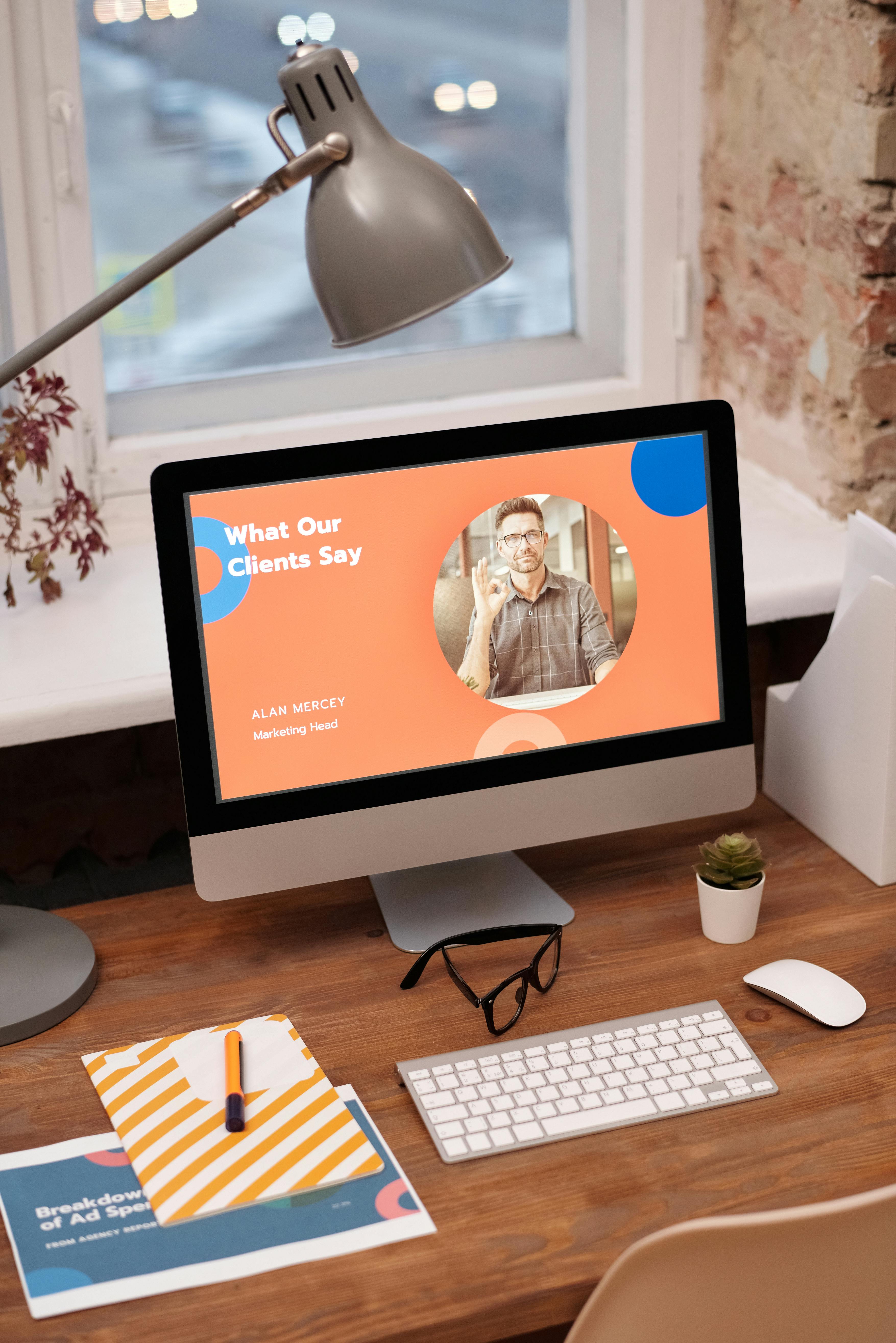Building a Successful Greenhouse Freelance Brand Designer Career
The demand for creative professionals in eco-conscious industries is growing rapidly. As a greenhouse freelance brand designer, you have the opportunity to blend design expertise with sustainability—an increasingly important focus across the globe. In this guide, you’ll learn what it takes to succeed in this niche, how to stand out in a competitive market, and how to build a meaningful, profitable freelance career aligned with environmental values.

Understanding the Fundamentals
A greenhouse freelance brand designer focuses on branding strategies for environmentally conscious brands. These professionals combine visual storytelling, eco-design principles, and market research to help green businesses build identity and trust. This role is about more than aesthetics—it’s about mission-driven communication that resonates with ethically minded consumers.
Understanding these fundamentals helps designers create powerful brand systems that support sustainability and social responsibility. It’s like being the architect of a brand’s first impression—only greener and more conscious.
1.1 Sustainability in Branding
Sustainability in branding refers to using materials, themes, and messaging that reflect environmental consciousness. For instance, using recycled textures in mockups or creating logos inspired by nature are methods that resonate with eco-conscious audiences. According to Nielsen, 81% of global consumers feel strongly that companies should help improve the environment.
By embedding these themes into visual design, a greenhouse freelance brand designer ensures the brand reflects its commitment to the environment. A common misconception is that sustainability limits creativity, but in reality, it inspires innovation.
1.2 Ethical Design Practices
Ethical design includes everything from choosing sustainable tools to supporting green hosting services. Compared to traditional branding, this approach places greater emphasis on social and environmental impact alongside business goals.
For example, freelance brand designers may partner with sustainable printers or recommend biodegradable packaging to clients. These efforts reflect the brand’s core mission and establish credibility in the green marketplace.
Practical Implementation Guide
Now that the foundation is set, it’s time to dive into how to implement these principles in real-world freelance projects. As a greenhouse freelance brand designer, you’ll need to align design processes with sustainability while meeting client expectations. Results vary, but those who commit to eco-values consistently attract purpose-driven brands.

2.1 Actionable Steps
- Define Your Niche: Focus your freelance brand design on green, eco-conscious industries. Choose to work with organic farms, sustainable startups, or green tech firms.
- Use Eco-Friendly Tools: Opt for digital sketchpads, cloud-based collaboration, and ethically sourced fonts and icons. Platforms like Canva and Adobe support these tools.
- Build a Green Portfolio: Showcase past work or mock projects that demonstrate sustainability themes. Include your design process and environmental considerations.
2.2 Overcoming Challenges
Common obstacles include lack of eco-conscious clients, difficulty sourcing sustainable vendors, and limited budgets. These can be addressed by:
- Educating potential clients on the ROI of green branding
- Creating resource lists for sustainable production partners
- Offering flexible pricing tiers based on impact
Watch for red flags such as greenwashing requests or conflicting values. Always clarify your mission and politely decline projects that don’t align.
Advanced Applications
Once you’re comfortable with basic implementation, it’s time to take your practice further. Advanced techniques help you scale your business, increase client value, and deepen your expertise as a greenhouse freelance brand designer.

3.1 Circular Branding Systems
Circular branding involves designing with the product’s full lifecycle in mind—from production to recycling. A brand logo may be printed with soy-based ink on recyclable packaging, and the color palette may be designed for minimal ink usage. Clients love these data-driven, eco-smart choices that reduce carbon footprints.
In one case study, a freelancer helped a zero-waste skincare brand cut printing costs by 40% through circular design. Their customer loyalty rose 23% in the following quarter.
3.2 Green Tech Integration
Advanced freelance brand designers integrate green tech by using tools like carbon offset plugins on websites, solar-powered server hosting, and energy-efficient design practices. Compatibility with existing platforms like Shopify or WordPress is key.
Use systems that track environmental impact metrics, allowing clients to proudly display sustainability statistics to consumers.
Future Outlook
As consumers become more climate-aware, demand for eco-conscious branding will soar. Experts predict a 30% growth in sustainable design services by 2028. Brands are becoming proactive about environmental goals, offering new opportunities for greenhouse freelance brand designers.
Stay ahead by following industry updates, engaging in sustainability forums, and continuously updating your design portfolio. Invest in learning AI-driven eco-design tools and monitor client trends to stay competitive.
Conclusion
In summary, becoming a successful greenhouse freelance brand designer involves combining creative skills with eco-ethics. You’ve learned the fundamentals of sustainable branding, how to implement strategies, and how to scale with advanced methods.
This path offers not just a career, but a chance to make a real impact. Start building your portfolio, align with green values, and take your freelance design career to the next level.
Frequently Asked Questions
- Q: What does a greenhouse freelance brand designer do? They specialize in sustainable branding solutions for eco-conscious businesses, blending visual creativity with environmental ethics.
- Q: How can I start in this field? Begin by learning eco-design principles, then build a portfolio focused on green clients or projects.
- Q: How long does it take to build a client base? Typically 3-6 months with consistent outreach, networking, and portfolio updates.
- Q: How much does it cost to offer sustainable branding services? Prices range from $500 to $5000+ depending on scope, design systems, and deliverables.
- Q: How does this compare to traditional branding? Green branding emphasizes ethical sourcing and sustainability, whereas traditional branding focuses mostly on aesthetics and ROI.
- Q: Is this a technically challenging niche? It requires basic design skills and additional research into sustainability, but is accessible to committed creatives.
- Q: Can I apply this in specific industries? Yes—especially agriculture, clean energy, fashion, and eco-products where branding impacts trust and growth.
